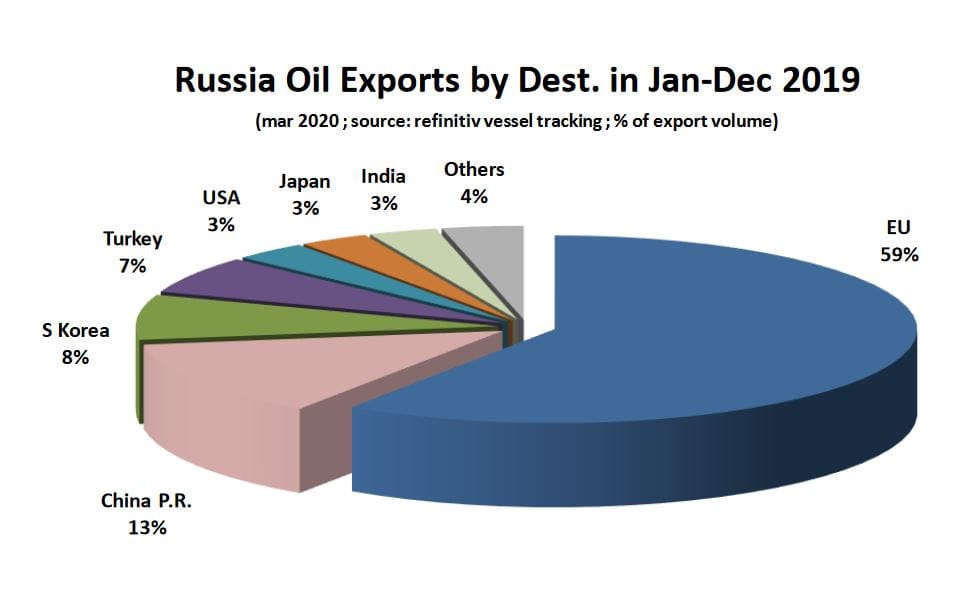Nvidia, a prominent player in the semiconductor industry, has announced that it will cease including China in its future financial forecasts. This development aligns with recent decisions by the US government to impose strict export controls on technology, particularly chips, destined for the Chinese market. The CEO of Nvidia communicated this strategic pivot during a recent earnings call, highlighting the implications of regulatory measures and geopolitical tensions on the company’s operational expectations.
For some time, China has been one of the largest markets for technology companies, offering vast opportunities for growth in sectors such as artificial intelligence, gaming, and high-performance computing. Nvidia, which specializes in graphics processing units (GPUs) and other computing technologies, has heavily relied on the Chinese market as a significant revenue source. However, as political relations between the United States and China have worsened, particularly regarding technology transfers, this has led to heightened scrutiny and regulatory measures.
The US government has implemented various restrictions aimed at controlling the flow of advanced chip technology to China, primarily to prevent potential military applications and ensure national security. These sanctions are part of a broader strategy to maintain technological supremacy amid fears that China’s advances in semiconductor manufacturing could pose a threat to US interests. Nvidia, along with other tech companies, has faced challenges navigating this complex landscape.
During the earnings call, Nvidia’s CEO articulated that the exclusion of China from forecasts reflects not just immediate financial concerns but also the long-term outlook for business in a fragmented global market. The CEO mentioned that this decision was not taken lightly, considering the revenues generated from China in previous years. Nonetheless, the uncertainties inherent in the current regulatory environment necessitated a reassessment of the company’s forecasting strategies.
This regulatory approach raises questions about the future of US-China technology collaboration. Historically, many tech companies have benefitted from robust trade with China, a market marked by innovation and rapid adoption of emerging technologies. Nvidia’s decision to exclude China signifies a cautious approach towards future engagements and investments, a trend that may gain traction among other tech companies in the sector.
As the chip industry grapples with the complexities of international regulations, the impact of such decisions will likely echo throughout the technology landscape. Nvidia’s strategic pivot serves as a case study in the balancing act faced by global firms operating in a politically charged environment, where trade policies can profoundly affect operations and growth trajectories.
Moreover, Nvidia’s move highlights a critical narrowing of market assumptions within strategic planning frameworks. Financial analysts and investors will need to reevaluate models that previously included projections based on robust demand from China. The implications of this shift could extend beyond Nvidia, potentially influencing competitive dynamics within the semiconductor industry. Companies that primarily relied on projections from China may also need to reconsider their strategies in light of these evolving conditions.
Looking forward, the landscape for semiconductors seems fraught with challenges for companies looking to operate on a global scale. The ongoing US-China tensions signal a changing tide in the industry, where compliance with stringent regulations may restrict opportunities that were once considered nearly limitless.
In the interim, Nvidia has indicated that while it may not forecast revenues from China, it remains committed to investing in innovation and paving new paths for growth in markets less susceptible to regulatory constraints. This pivots the company’s focus towards regions with more favorable conditions for technological deployment and market expansion. Areas like Europe, India, and Southeast Asia may emerge as essential target markets as the company navigates this newly defined landscape.
Nonetheless, the future remains uncertain. Analysts point out that even regions not directly impacted by such export controls may experience ripples of change, especially as supply chains reconfigure in response to strategic pivots by major players like Nvidia. There is a development towards localization, with regional markets trying to build their semiconductor capabilities as a means of reducing dependence on any single country.
In conclusion, Nvidia’s decision to exclude China from its financial forecasts marks a significant moment in the ongoing saga of US-China relations and their ramifications on the global semiconductor industry. As companies navigate this complex interplay of regulation and technology, the answers to future growth will likely depend not just on market expansion but also on strategic adaptability in a fast-evolving landscape. This scenario underscores the importance of agility and foresight in corporate strategy amidst a backdrop of geopolitical uncertainty.
With these developments, it is evident that the dynamics of global trade and technology will continue to challenge and redefine the trajectories of major corporations. Nvidia’s approach serves as a bellwether for the adaptations required in response to current geopolitical challenges, reshaping how companies conceive their market strategies against a backdrop of national security considerations and international relations dynamics.



